De Living
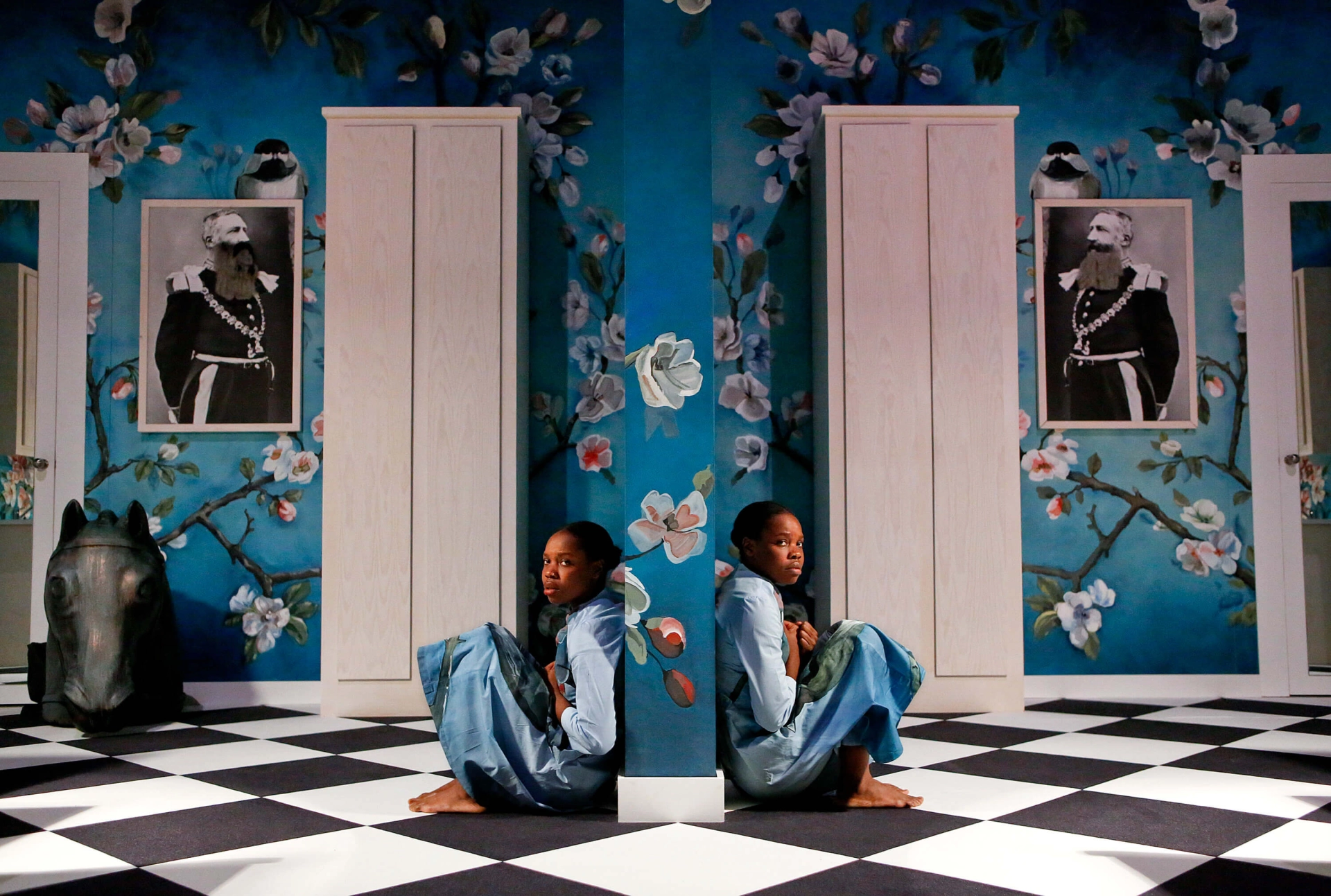
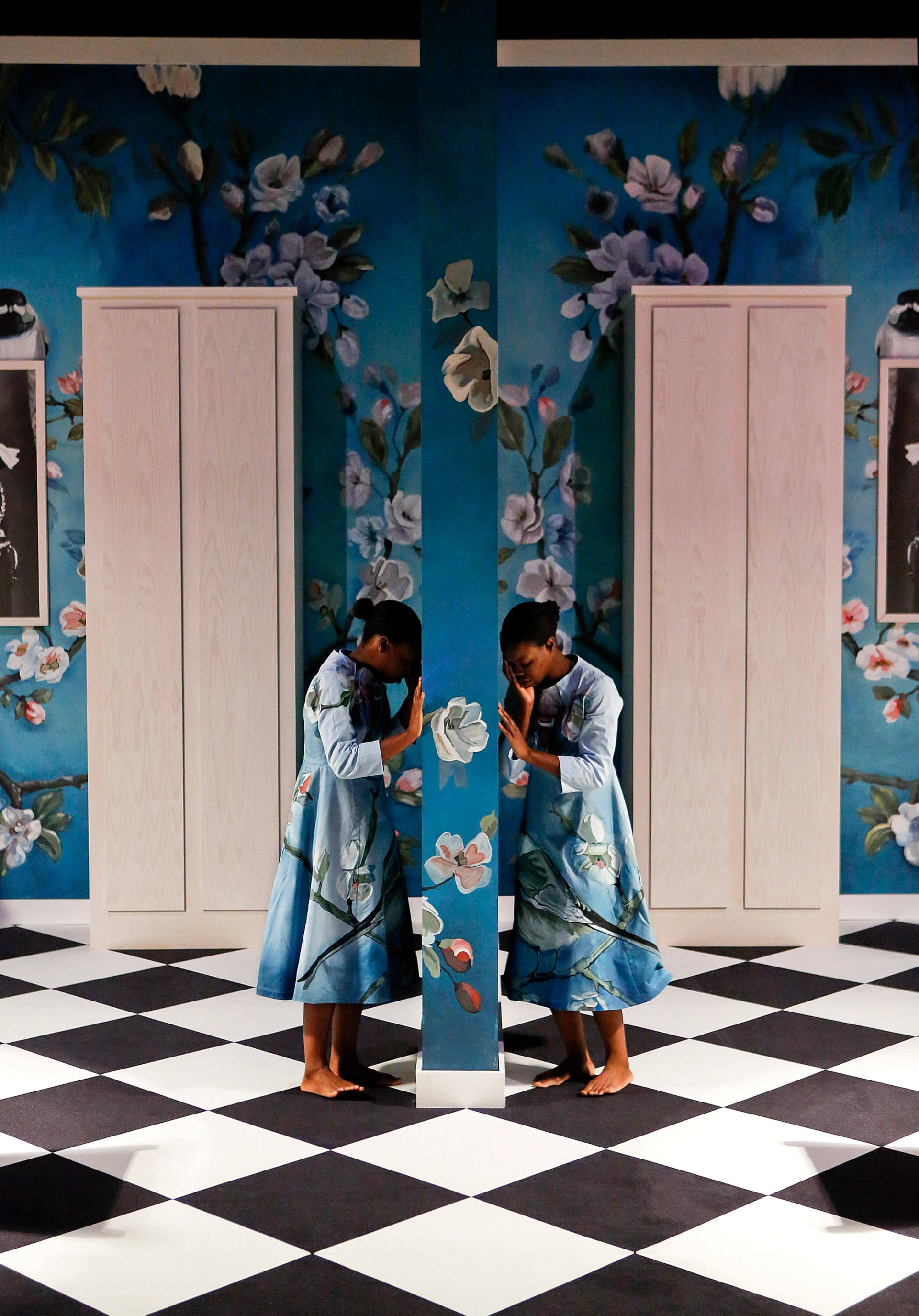
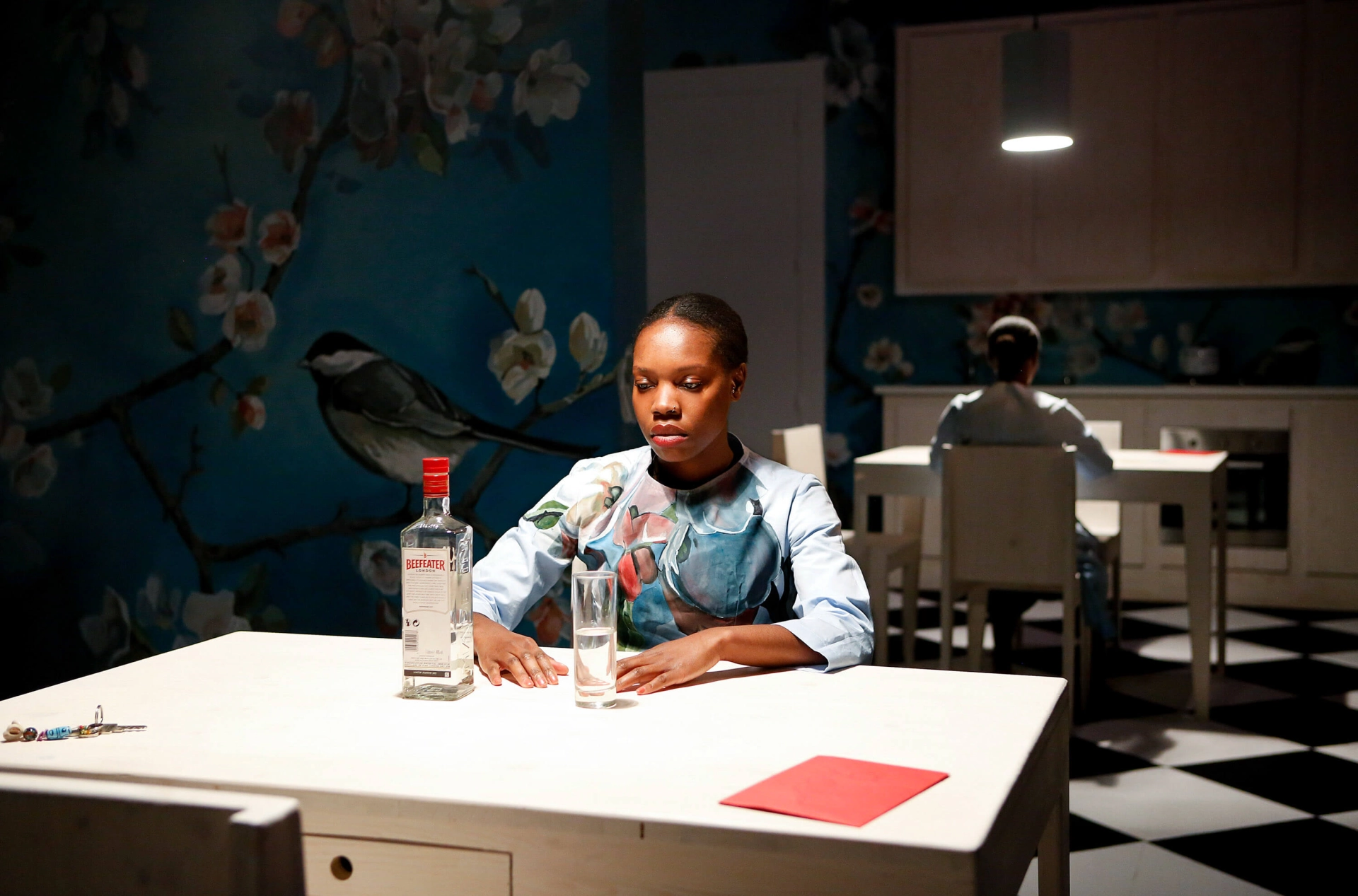
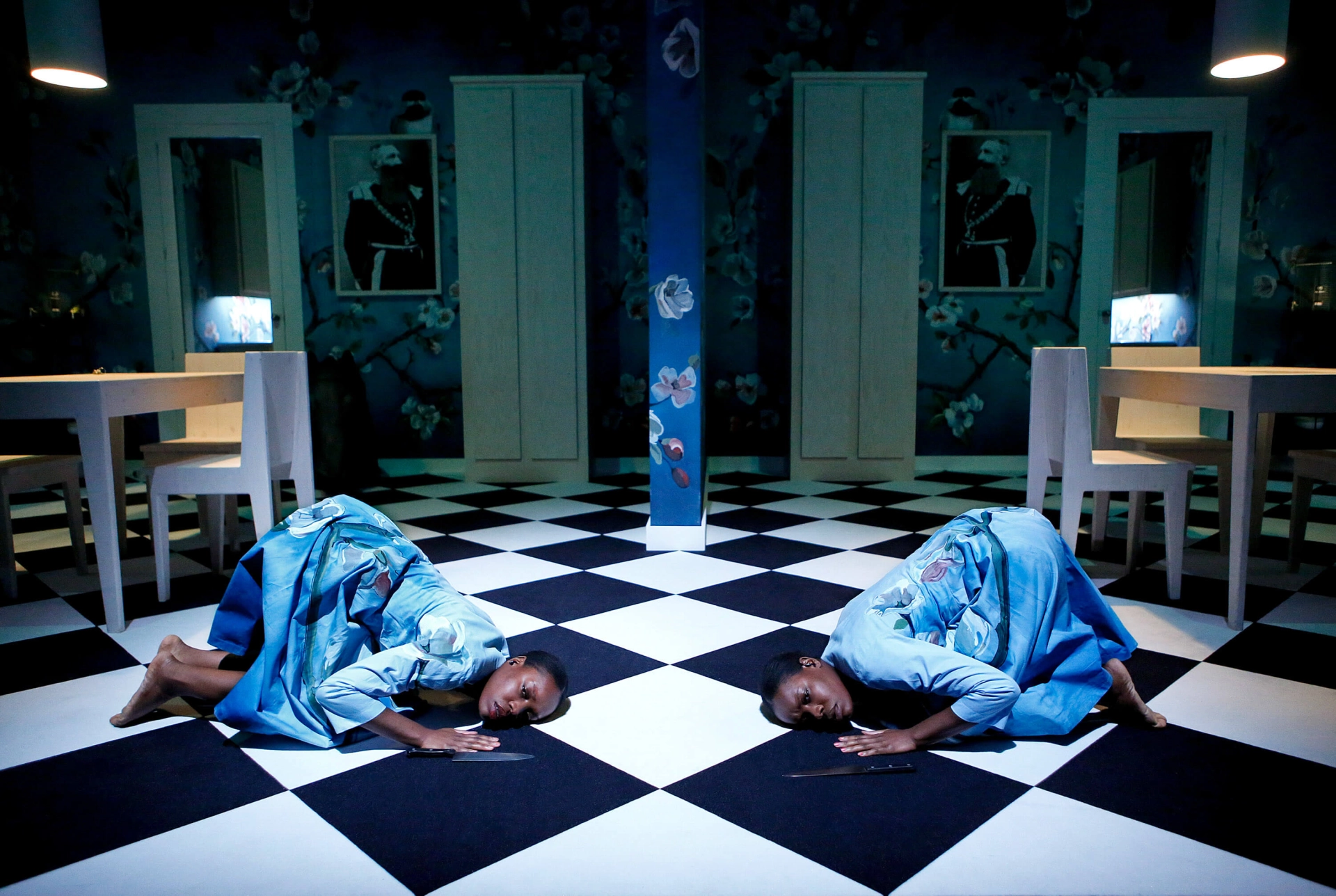

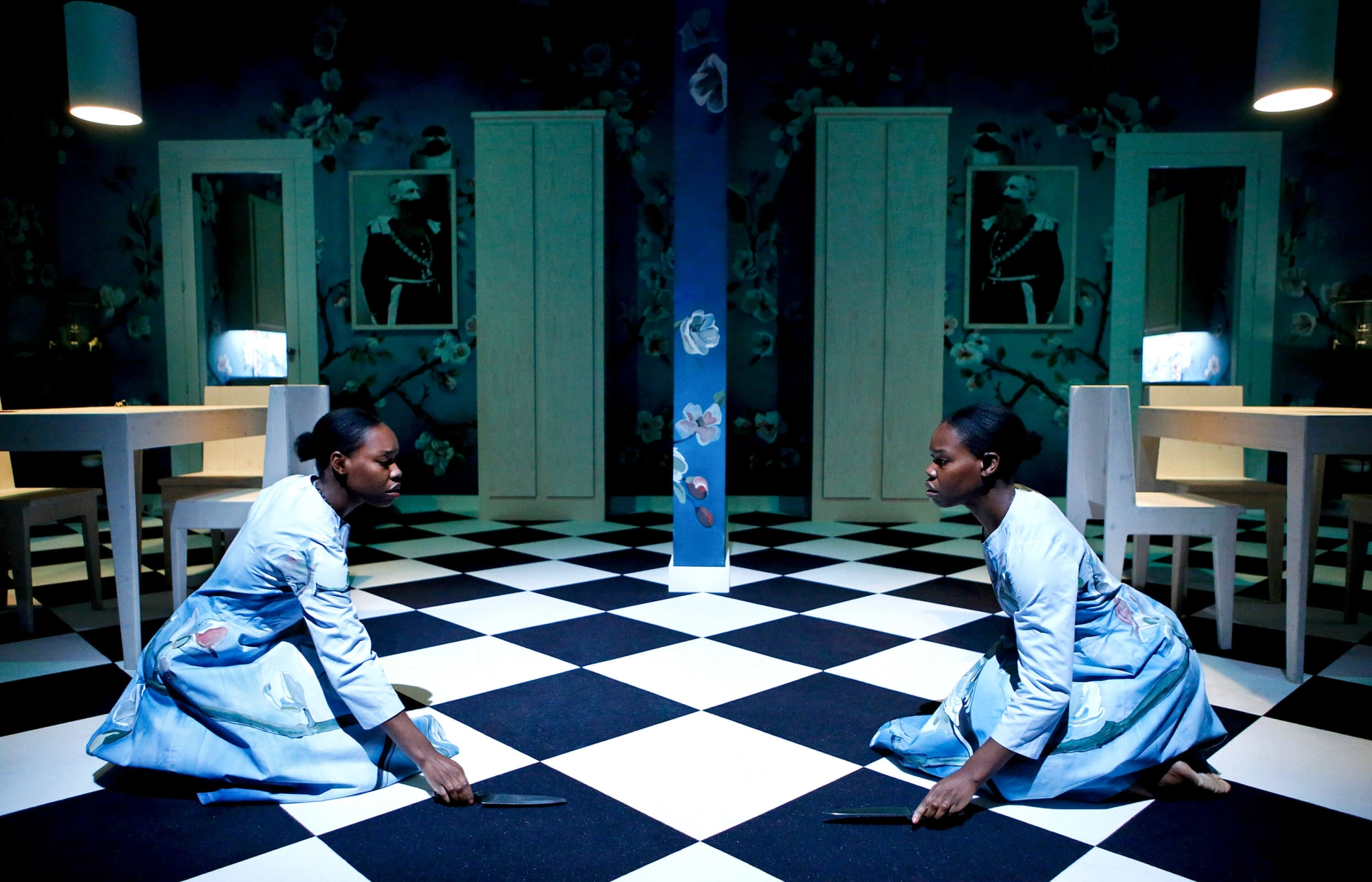

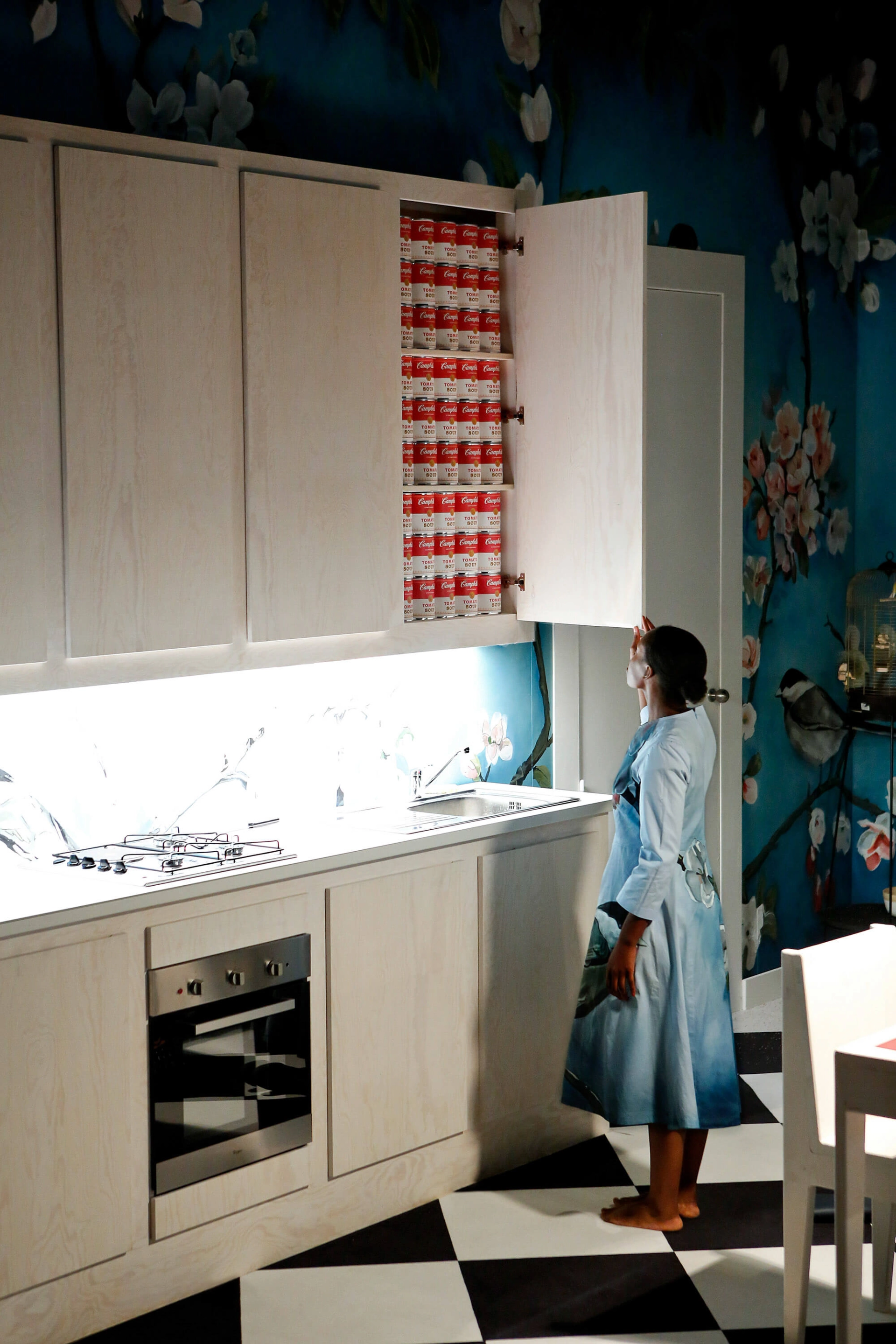


De Living Full Video
Ersan Mondtag in conversation with Mybalés
Team
Director, stage design, costumes
Ersan Mondtag
Dramaturgy
Eva-Maria Bertschy
Scientific consulting
Prof. Benigna Gerisch
Composer & Sound design
Gerrit Netzlaff
Acting coach
Oscar Van Rompay
Movements coach
Stella Höttler
Production manager
Sebastiaan Peeters
Mit
Doris Bokongo Nkumu, Nathalie Bokongo Nkumu
Production
NTGent. Co-production: HAU Hebbel am Ufer, Kunstenfestivaldesarts (Brussels), La Villette (Paris), Theaterfestival Boulevard (’s Hertogenbosch)
De Living presents the last hour in the life of a human being. The show starts with a woman coming home to her living room and ends with her committing suicide. Or is it the other way around?
Antigone, Ophelia, Hedda Gabler – in theatre history female characters who commit suicide are always rebellious and afflicted at the same time. But the beauty of this attitude can only find expression in their dead bodies. The audience knows from the beginning that the protagonist will die in the last act, but still we go to see the show. Accustomed to the feeling of inescapability we watch entranced as death closes in. By witnessing these scenes over and over again, we experience all facets of political and existential dedication and powerlessness. But is there a way out? Can we escape the fatal sequence of events?De Living depicts the last scene before a woman takes her own life. We see her final gestures, the attempt to maintain normality, a moment of decisiveness, then hesitation, a will to live that must be silenced, and the sudden panic in the face of an uncontrolled death. As opposed to the classical tragedies, the audience witnessing the final scene does not know what drives the woman into suicide. They can only speculate about her past. An unhappy love affair one might expect. Can she perhaps not withstand the enduring pressure of society? Or does the last scene in a woman's life tell less about individual fate than about the tragic experience of humanity in a dystopian yet near future?
Photo credit: Birgit Hupfeld
Time
01. June 2019 – 31. January 2020